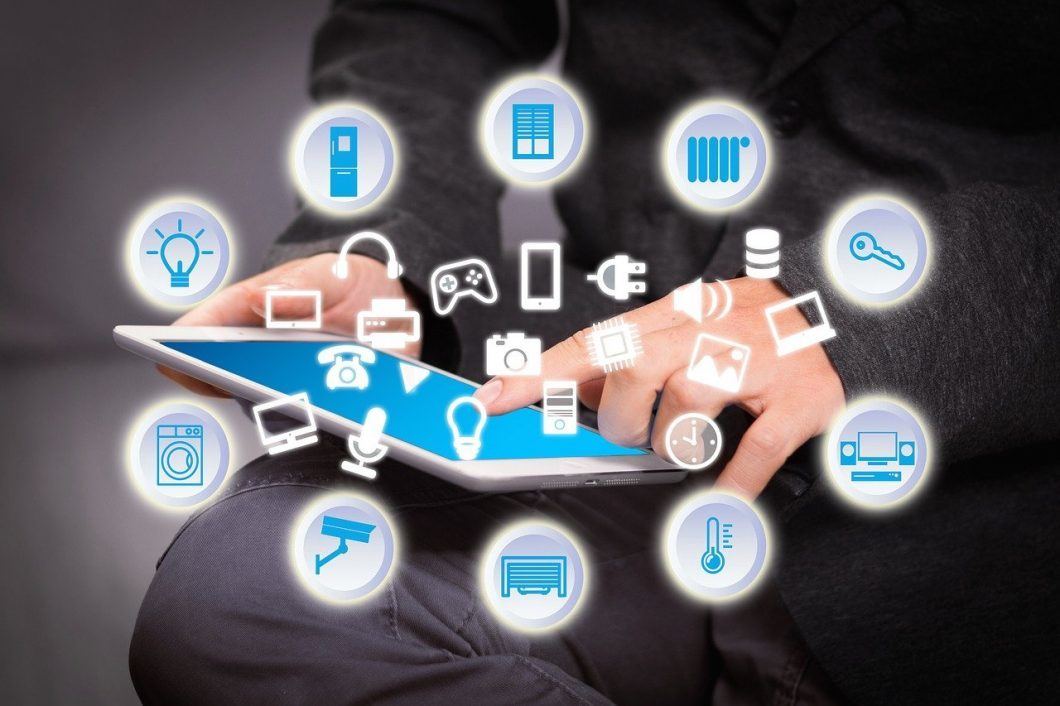Two modern housing trends have emerged in recent years that are making us rethink the way we live. Tiny homes are allowing us to live our best lives through downsizing. Smart homes, on the other hand, enable us to harness the power of technology to make home life easier and more convenient.
But what happens when we blend the two? What happens when your tiny home is also a smart home? We’ll explore the benefits and potential drawbacks of living in a tiny smart home.
The Pros
Convenience
Perhaps the greatest advantage of introducing smart technology into your tiny home is simply the convenience these technologies provide. With a smart home, you can remotely control nearly every aspect of your home. You can lock and unlock your doors via your smartphone and adjust the air conditioning via your tablet. You can also monitor the house and check in on your pets from your work computer.
This is all made possible because of the advent of the Internet of Things (IoT). IoT technology enables connected devices to “talk” to one another securely over the internet, no matter how geographically distant the devices may be from one another. And that’s how your smartphone or tablet can control your at-home thermostat or door locks, provided they’re smart devices that are connected to the ‘net.
Best of all, IoT technologies are expanding at a tremendous pace, with billions of devices already connected. That means that the list of things you can do with your smart devices is only going to grow!
Efficiency
One of the biggest allures of owning a tiny home is its efficiency. Tiny homeowners not only enjoy the convenience and accessibility of the minimalist life, but they also benefit from significantly reduced costs, both in building and running the home.
And, best of all, today’s technologies allow tiny homeowners to take those savings, especially energy savings, to the next level. For example, many smart home devices use artificial intelligence (AI) systems to “learn” homeowner’s habits, preferences, and needs and to adjust the systems accordingly.
For example, these technologies can detect when appliances aren’t being used and can power them down or put them into “sleep” mode until they’re needed. They can manage your home’s thermostat to keep your home cooler at night and warmer during the day, when you may not be at home. This can dramatically reduce the amount of energy you waste, just in heating and cooling your home.
The Cons
Security
The benefits of a tiny smart home might seem practically limitless, but with every good thing, there’s a bit of the bad. And, for smart homeowners, one of the most significant concerns is security.
With so many billions of devices connected to the IoT, that can make the entire network a prime target for hackers. The prospect that some malicious actor could have access to your home’s devices is a daunting one. The good news is that, as quickly as some hackers might be working to find security vulnerabilities, others are working just as diligently to protect the system.
Health and Safety Concerns
Because the technology is so new and so pervasive, skeptics fear that these technologies may pose a serious threat to human health.
For example, many utilities across the US are transitioning to the use of smart meters. Critics worry, however, that exposure to these devices may increase citizens’ risk of cancer or health problems. Some also report experiencing physical symptoms, such as headache and ringing in the ears, when in proximity to these devices.
Nevertheless, there’s been no empirical evidence to support the claim that smart meters or other smart devices pose a risk to human health. Studies show that most smart devices and smart home management systems emit less radiation than the standard cellphone.
The Learning Curve
In general, smart devices are made to be easy to install and use. After all, the goal is to make users’ lives easier! But that doesn’t mean there’s not a learning curve. It does take time to understand what devices you might need, which devices are compatible and which are not, and how to install and use them.
This can be overwhelming, especially if you’re anxious about technology to begin with. The good news, though, is that these technologies are becoming increasingly user-friendly, meaning that it typically doesn’t take long to conquer this brave new world of 21st-century living!
The Takeaway
Living tiny and living smart certainly means embracing a lifestyle very different than that of our parents’ and grandparents’ generation. And yet the rewards can be profound. From convenience to efficiency, tiny smart homes can give you the quality of life you’ve been dreaming of. But it’s not without its challenges, from questions of health and security to the reality that becoming a home tech titan requires a bit of learning and a lot of practice!
Image Source: Pixabay

1 thought on “The Pros and Cons of Tiny Smart Homes”